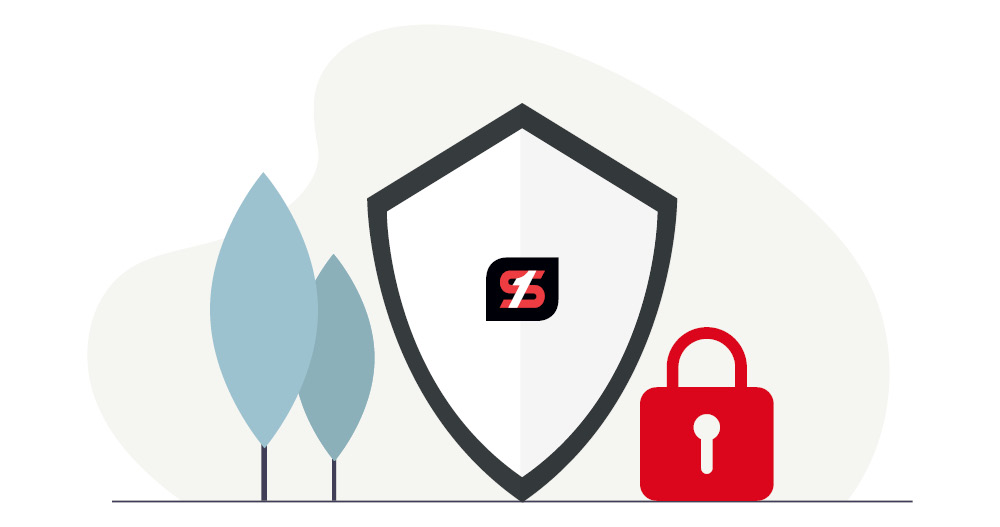
Jan. 28 is National Data Privacy Day and Simmons Bank Information Security Architect Bryce Tuck shares some tips for how to protect yourself online.
Q: What are some of the best ways to protect yourself from bad actors while online?
There are 3 things that I would recommend for anyone to protect themselves while online:
1. Keep your computers and mobile devices up to date with the latest security software, operating systems, and web browsers. This is the simplest and easiest way to protect yourself from malware. Most operating systems and applications have the capability to perform these updates automatically.
2. Be mindful of sharing personal information on social media. Bad actors many times will scour social media sites for your personal information to try to guess passwords, get answers to questions used to reset passwords, and data needed to execute social engineering scams.
3. Use strong unique passwords for each website that you access. To manage the multitude of passwords that this will generate, use a reputable password manager. Reusing the same password across different website makes the job of the bad actor easier since they only have to guess one password to access multiple accounts.
Q: What should customers be mindful of if they receive a suspicious call, text message or email?
As a rule of thumb, I would recommend treating every call, text message or email that was not initiated by you as suspicious. Any legitimate bank or other financial institution will never reach out to you for personal information. Bad actors will contact you to get this information under the pretense of trying to confirm your account. If you are contacted through a call, text message or email, especially if you didn’t initiate the call, do not respond directly. Equally important, do not click on any links in the text message or email.
Bad actors can manipulate phone numbers and/or email addresses to make the message look legitimate. However, responding to these will redirect you to a malicious website/phone number. Instead, independently verify the contact information of the organization making contact. This can be done by looking at the back of your credit card for the customer support number, going to a pre-saved "favorite" or "bookmark" in your web browser, or going to your local branch.